Epreskert Garden
The romantic garden was the epicenter of the Hungarian art scene in the 1880s.
Many Budapest locals have heard the name Epreskert, but only a few are actually familiar with the history of the aesthetic wonderland hidden behind the garden walls. The park has been one of the most important bases for the city’s art scene for well over a century now.
The romantically named Epreskert (translated as “Mulberry Garden” or “Strawberry Garden”) near Andrássy Avenue was originally a municipal mulberry field, farmed until the 1870s. As the area became urbanized, the city donated pieces of the land to artists who had performed municipal work.
The first was sculptor Adolf Huzsár, who established his studio right outside the garden. The Hungarian University of Fine Arts moved into the plot on the north side of the garden, while on Sugár Street more artists arrived, following Huzsár’s example. The green space in the middle was the artists’ personal garden; during any given stroll one might run into some of the best Hungarian artists of the Belle Époque.
With the support of local government, the artists molded Epreskert into a beautiful public space. Several pavilions were installed outside the studios. Alajos Stróbl, renowned sculptor and a professor at the university, landscaped the mulberry garden. With the help of his students, Stróbl also dismantled a 150-year-old chapel in Kálvária Square and transferred it to its present location in Epreskert, stone by stone. He was also known to keep exotic animals, including monkeys, peacocks, deer, and storks, as well as goldfish in his fountain.
By the 1880s the Epreskert Artists Colony was well established. Those who could afford it bought mansions and apartments in the booming neighborhood. The sculptors had Lendvay Street, the painters had Bajza Street, and social life was truly blooming in the joint mansion of novelist Mór Jókai and painter Árpád Feszty, since the writer’s adopted daughter married the famous panorama artist.
As the colony was gifted by the local government, it followed that only those with the best connections were able to live there. This also meant that Emperor Franz Joseph, among other royals, frequently visited Epreskert and held regal soirees among the bohemians here.
By the early 1900s the art scene in Budapest had changed and dispersed. Thankfully though, much of Epreskert’s Belle Époque charm has been preserved by the University of Fine Arts. The garden is only open to the public at particular times, such as during year-end exhibitions when modern art students display their work among the same mulberry bushes as the masters of the 19th century.
Know Before You Go
The garden can only be visited at select times.


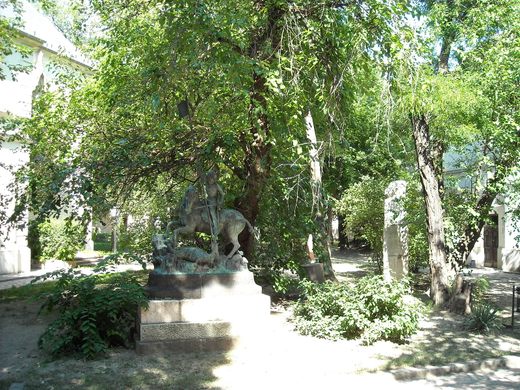

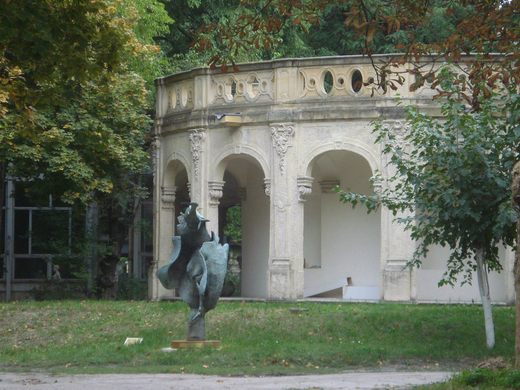



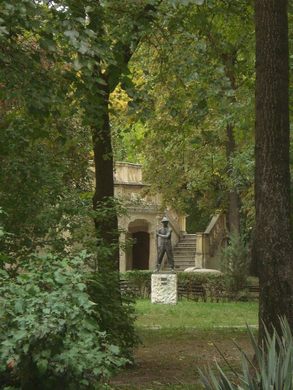
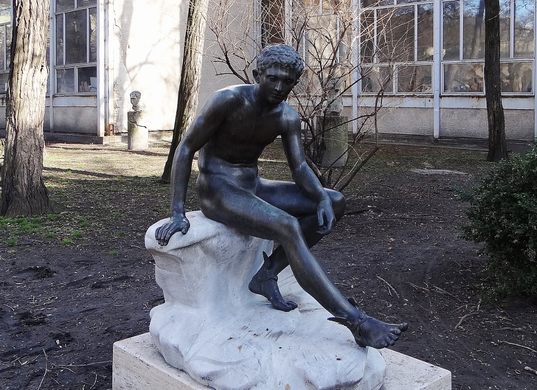
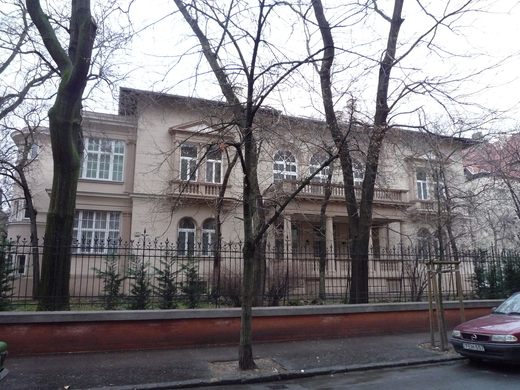
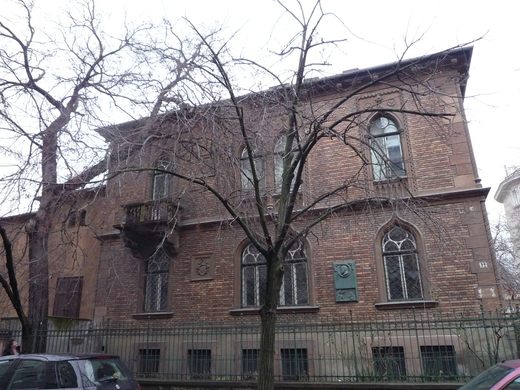







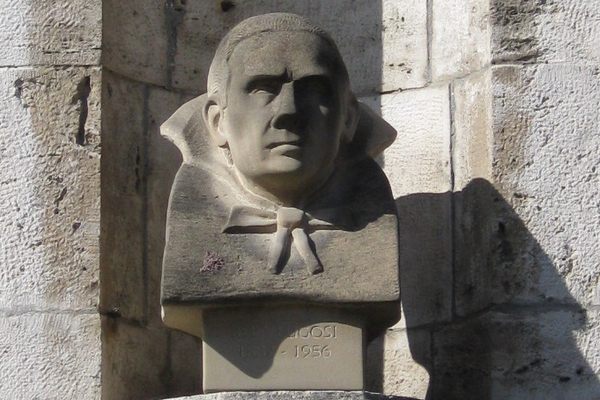
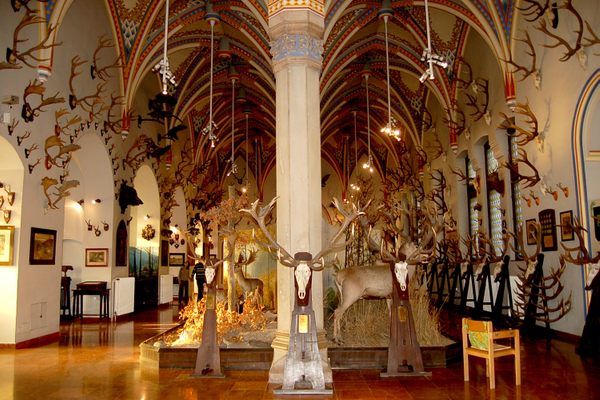
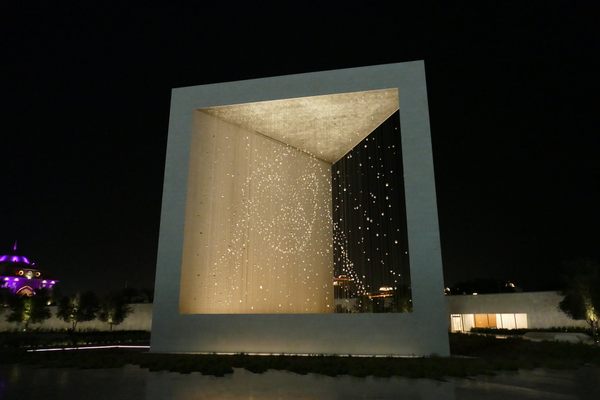
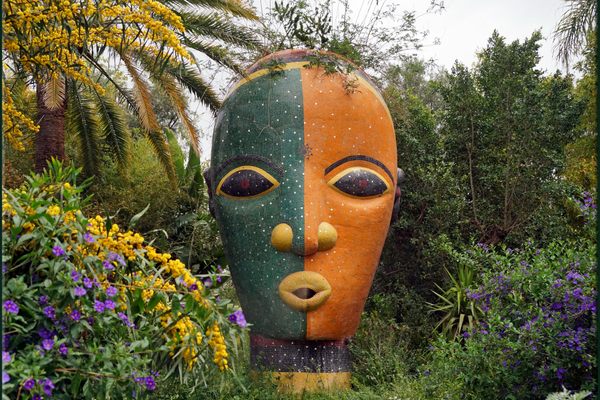



Follow us on Twitter to get the latest on the world's hidden wonders.
Like us on Facebook to get the latest on the world's hidden wonders.
Follow us on Twitter Like us on Facebook